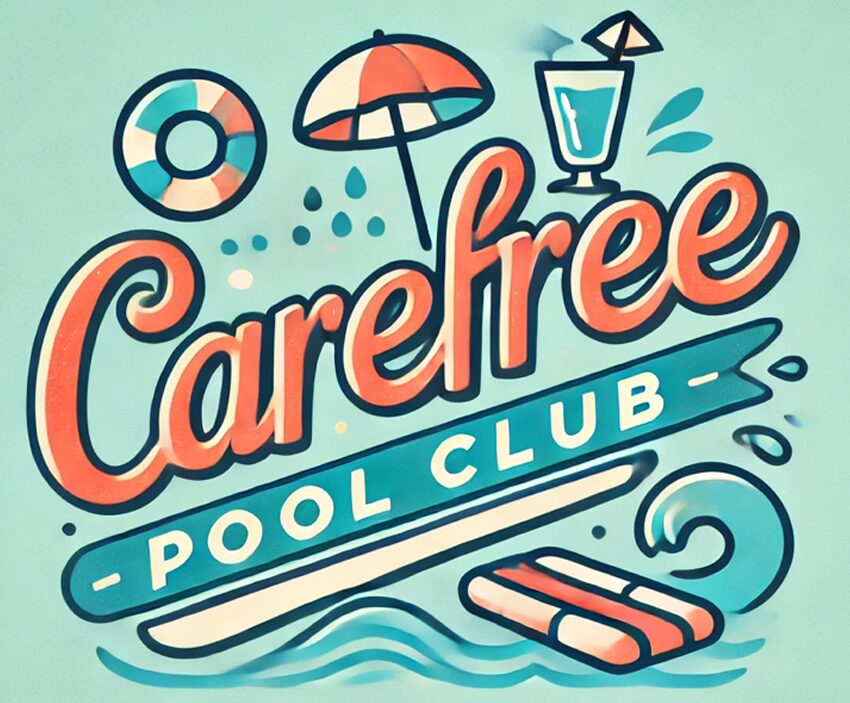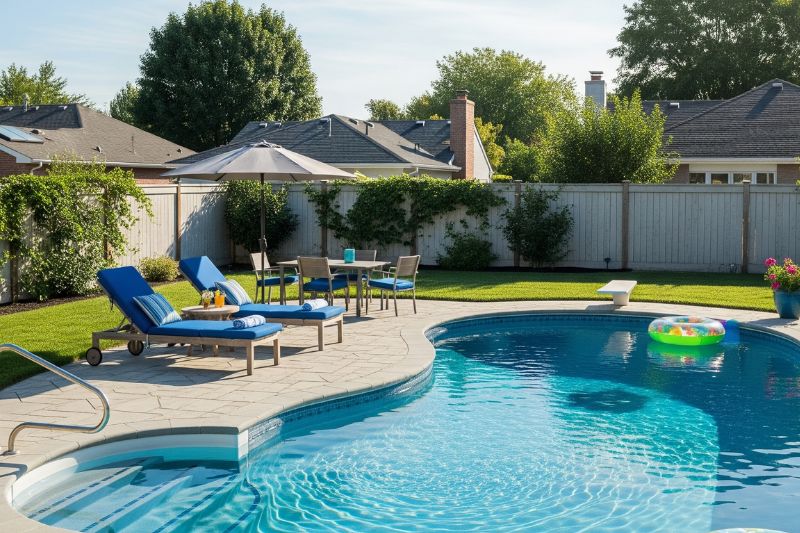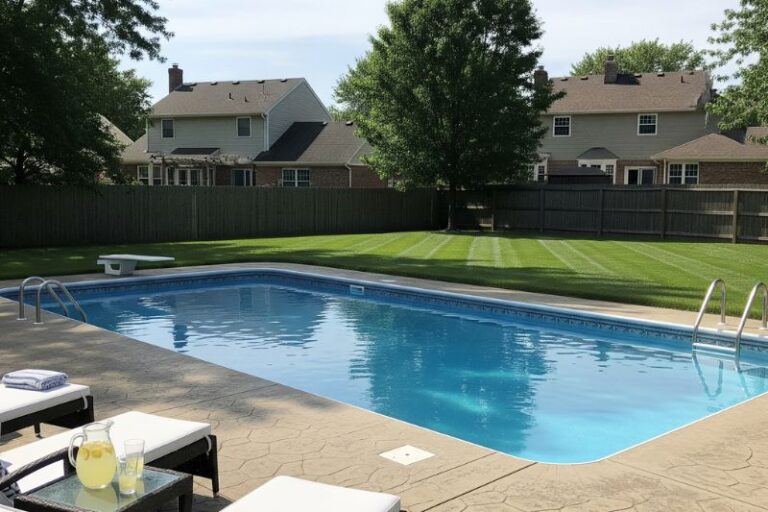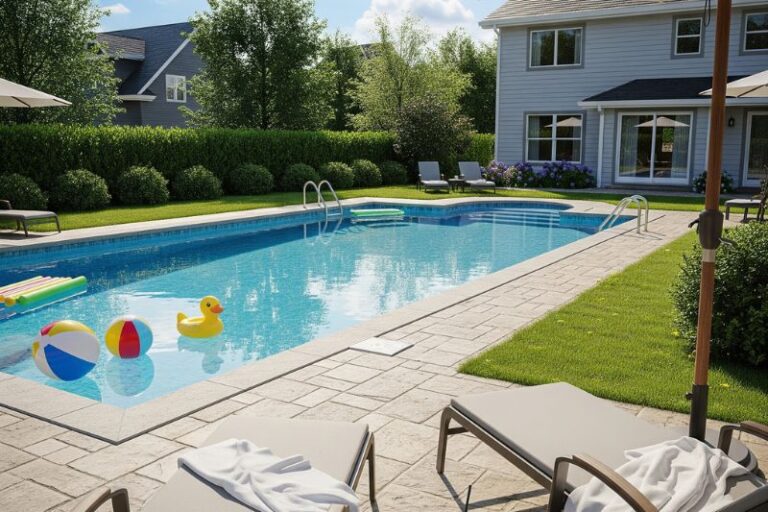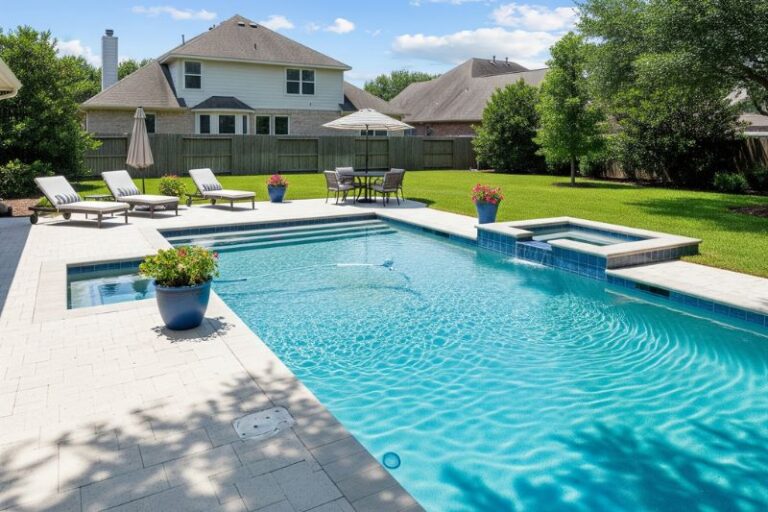You shocked, you scrubbed, you even bragged to your neighbors about your pool care skills. Yet here you are, staring into the swamp-green water wondering what cruel twist of fate cursed your backyard. Spoiler: it’s not fate. It’s you missing something obvious.
Chapter One: The Clues
Every mystery starts with the evidence. Green water, cloudy patches, and that faint swamp smell are all classic signs. The pool owner insists, “I tested chlorine and it’s fine.” Of course they did. But the pH? The filter pressure? The stabilizer levels? Suddenly the case isn’t so simple.
The first clue is that chlorine tests show enough sanitizer. So why does the water still look like a frog pond? That tells us something is blocking chlorine from doing its job.
Chapter Two: The Interrogation
We interrogate the suspects one by one.
- Filtration: Is the filter running long enough? Most homeowners underestimate how many hours a day the pump should run. Eight hours is not a luxury. It’s a minimum.
- pH Levels: High pH ties chlorine’s hands behind its back. When the water balance is ignored, chlorine is powerless.
- Cyanuric Acid: Too little and the sun burns chlorine away. Too much and chlorine moves like it’s stuck in glue. Either extreme spells disaster.
- Brushing and Vacuuming: “I skimmed the leaves!” they argue. Cute, but algae clings to walls like it pays rent. If you don’t brush, you’re basically giving algae free lodging.
Each suspect has motive, but together they form a conspiracy of neglect.
Chapter Three: The Twist
Here’s the twist: the homeowner was adding chlorine. Buckets of it. But the filter was clogged with debris, running barely a trickle. The water never actually circulated, which meant all that chlorine stayed in one area while algae thrived elsewhere. The chlorine wasn’t weak. It was trapped.
The tests were “fine” because the sample came from near the return jet where chlorine was strongest. Everywhere else? It was algae heaven.
Chapter Four: The Confession
The filter lid comes off and boom! There’s the smoking gun. A filter so gunked up it looked like it hadn’t been cleaned since last summer. Suddenly the mystery unravels. Poor circulation, ignored filter pressure, and blind faith in test strips sealed this pool’s fate.
Chlorine never had a chance. It wasn’t chemistry at fault. It was maintenance.
Case Closed
So here’s the real reason behind a green pool: it’s not just about dumping chlorine. It’s about circulation, filtration, and balance working together. When one piece fails, algae wins.
The Detective’s Checklist
- Run your pump 8–12 hours daily
- Backwash or clean filters when pressure rises 8–10 psi above normal
- Keep pH between 7.2 and 7.6
- Maintain cyanuric acid between 30–50 ppm
- Brush and vacuum weekly, no excuses
- Test from different spots, not just by the return jet
The case of the green pool is closed. The evidence points to you skipping steps, not bad luck. Respect the process and you’ll never have to solve this mystery again.
